
Walking the dog, tending to the garden, and picnicking in the park are beloved outdoor activities. Yet, despite our affection for nature, a surprising majority of our time—up to 90% according to 2022 research—is spent indoors, encompassing work, errands, and home life. After a demanding day, many individuals shed their shoes to let their feet unwind, only considering footwear again when venturing outside. Here's an insight into the popularity of walking barefoot at home and how to do it safely.
Why Do People Choose to Go Barefoot?
Going shoeless indoors is a topic of widespread discussion, primarily centering on concerns of sanitation, comfort, and foot health.
Cleanliness
Many people are concerned about tracking dirt and germs from shoe soles into their homes. While some might choose slippers indoors, going barefoot is appealing to those who simply prefer not to deal with any more footwear as they relax for the evening.
Unrestricted Relaxation
We cannot overstate the importance of wearing properly fitting shoes to maximize comfort and minimize the risk of developing various foot conditions. However, extended periods of walking or standing can still lead to foot pain or fatigue, even in the most comfortable footwear. Going shoeless allows for easier, unrestricted stretching and movement of your toes after hours of having your feet confined.
Remote Worker Convenience
The COVID-19 pandemic significantly altered many people's daily routines. Working from home provided the chance to dress more comfortably, which frequently involved slipping off shoes under the desk, or opting out of footwear altogether.
Sensory Preferences
The sensory experience of walking barefoot on various indoor and outdoor surfaces can be quite appealing. The distinct feeling of soft carpeting or cool tile at home, or running across a sandy beach or through gentle grass, simply isn't the same when you're wearing shoes.
Physical and Therapeutic Advantages of Barefoot Walking
We have ample reasons to advocate for going shoeless, but is walking barefoot truly beneficial for you? It certainly can be! Here's how engaging your feet can boost your overall body wellness.
Activate Rarely Used Foot Muscles
Did you know our feet contain over two dozen muscles? While some effortlessly keep us moving, others remain inactive. Muscles like the short flexor, interosseous, and lumbrical muscles rarely get significant engagement when we wear shoes. The cushioning and structure of footwear keep these muscles stationary, yet walking barefoot actively helps strengthen them, resulting in improved balance.
Improve Your Gait
Going shoeless can enhance your foot shape and walking ability. Individuals who frequently wear shoes typically exhibit narrower feet and longer strides than those who often go barefoot. These distinctions offer barefoot enthusiasts an advantage, as they experience decreased pressure during the phases of their gait cycle.
Elevate Your Mood
Going shoeless can enhance your foot shape and walking ability. Individuals who frequently wear shoes typically exhibit narrower feet and longer strides than those who often go barefoot. These distinctions offer barefoot enthusiasts an advantage, as they experience decreased pressure during the phases of their gait cycle.

Ensuring Foot Safety While Going Shoeless
Remove Possible Dangers
Everyone has, at some point, tripped over their children's or pets' toys, or stubbed a toe on a chair or table. To prevent injury and potential infection, it's advisable to keep small or sharp objects that could scrape or cut your feet off the floor. Reposition furniture away from areas where you frequently make sharp turns. Proper placement lessens the risk of colliding with furniture while barefoot.
Establishing an obstacle-free zone is especially crucial for individuals with diabetes, given their susceptibility to foot injuries and prolonged healing times.
Find the Right Balance
Theoretically, you could go shoeless constantly, but it doesn't automatically imply you should. There are compelling arguments for alternating between wearing and not wearing your footwear. Being barefoot can result in wider feet, which might aid stability. However, spending excessive time without shoes isn't ideal for your arches.
Wearing shoes offers proper arch support, which lessens the risk of misalignment that negatively impacts gait and leads to pain in the lower body.
Frequently ditching shoes impacts pronation or a foot's inward range of motion during walking. Barefoot walking can result in overpronation, where feet roll inward excessively with movement. Wearing shoes prevents both overpronation and supination—or the feet rolling outward—along with their related issues.
PCSsole insoles offer a practical, comfortable solution for foot support in both casual and athletic footwear. Enjoy your entire day on your feet without concern for how your shoes feel.
Are barefoot walking shoes recommended?
Barefoot shoes provide numerous advantages, such as fostering natural foot movement, enhancing proprioception, and strengthening muscles. Nevertheless, they also present potential drawbacks, including a required adaptation period, minimal cushioning and support, and a heightened risk of specific injuries.


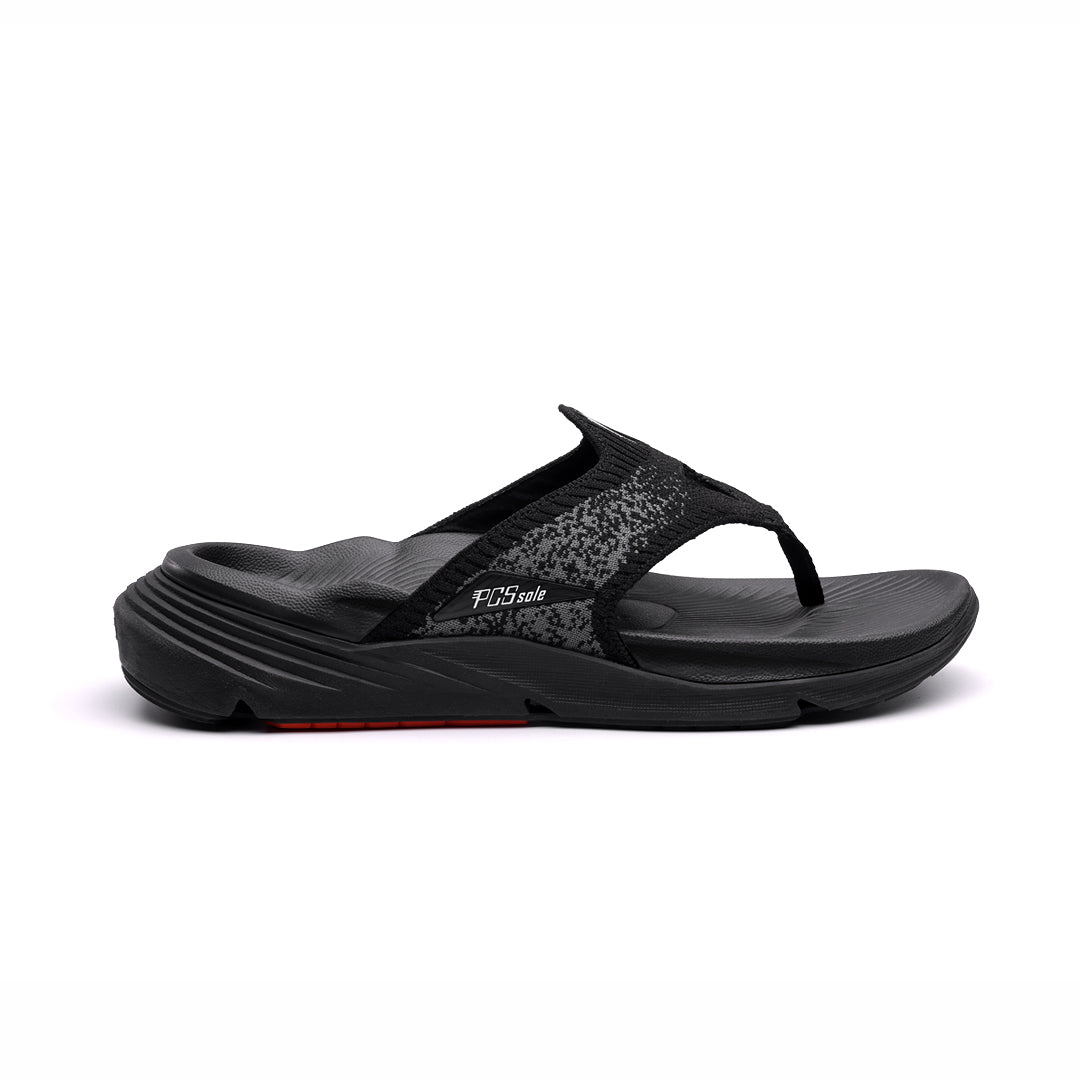
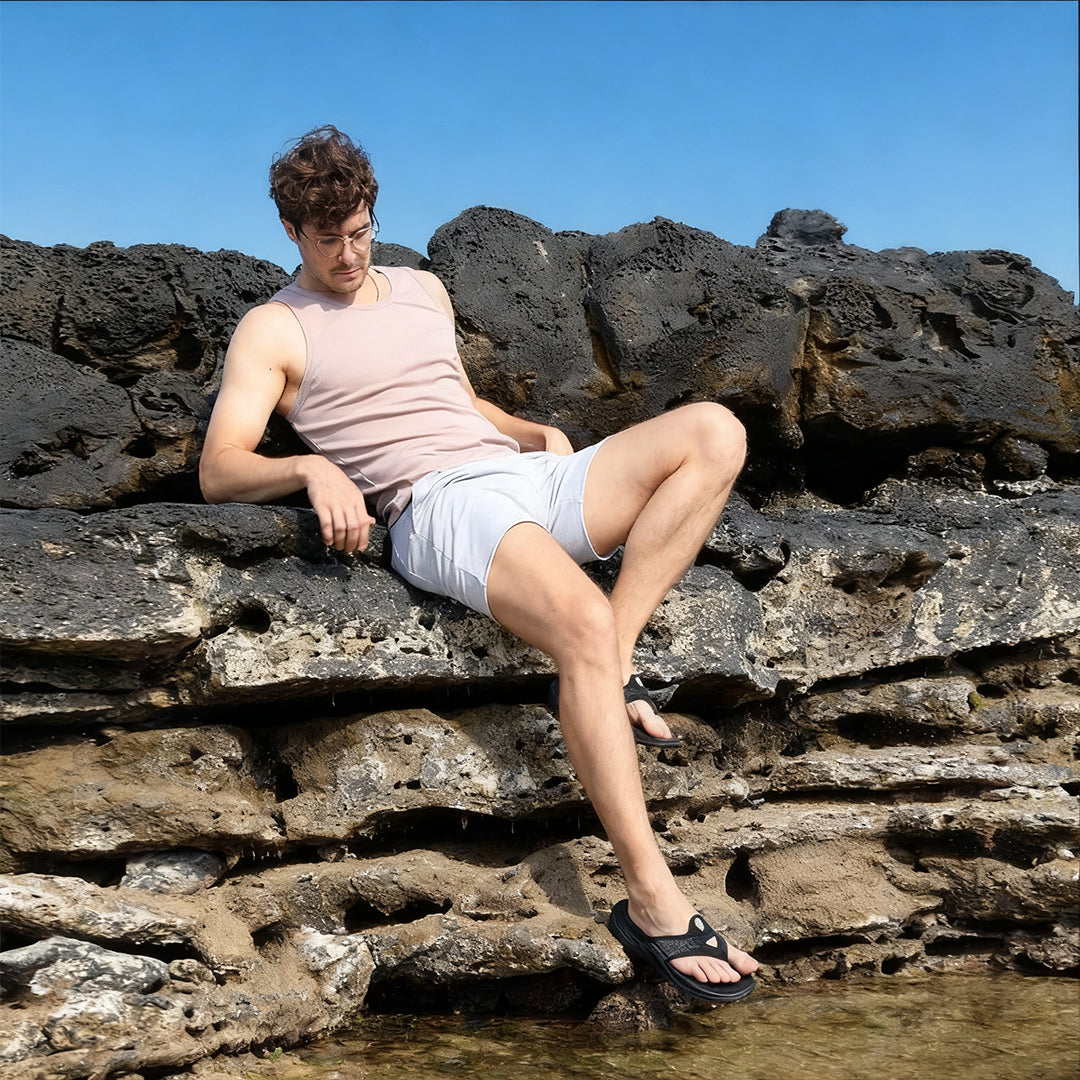
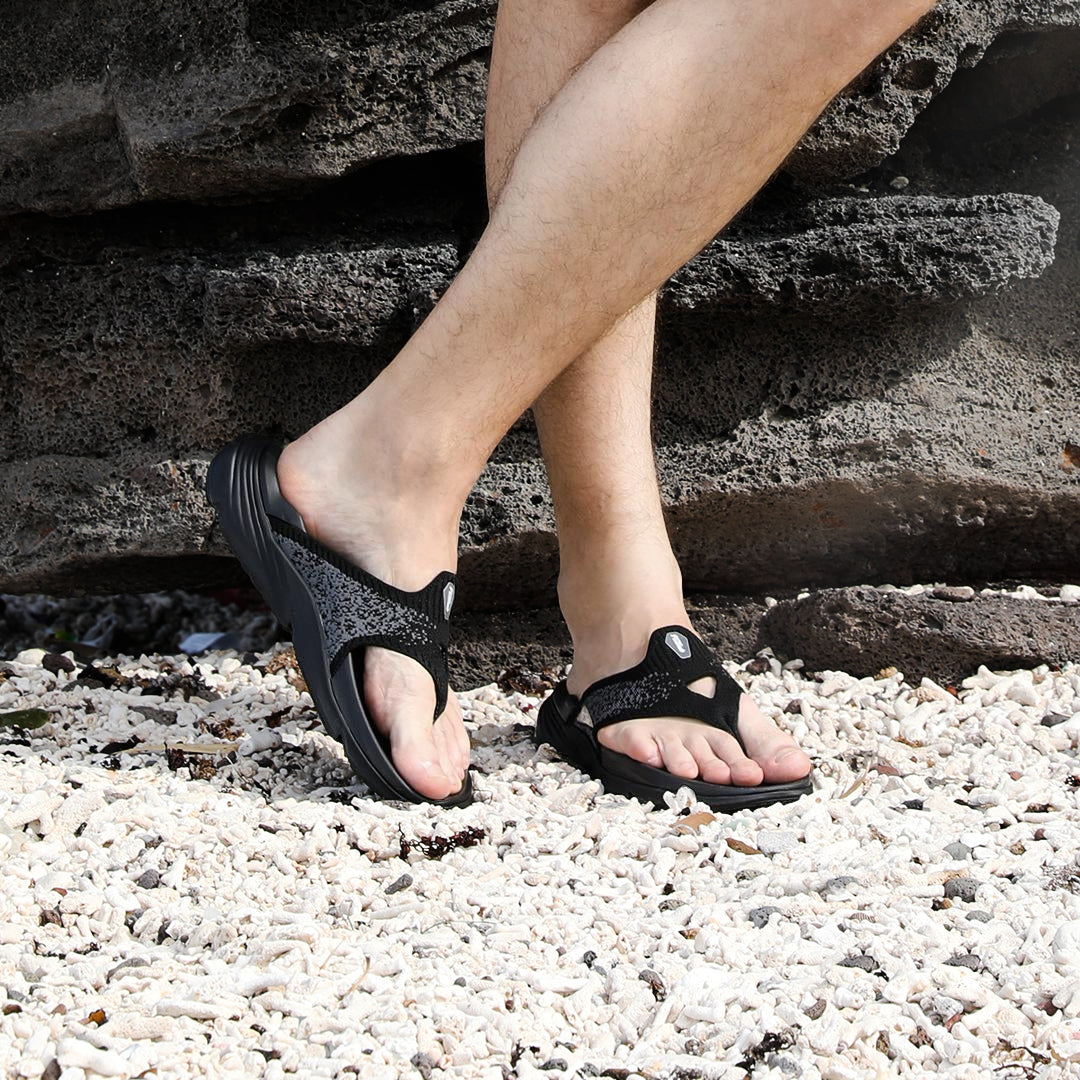
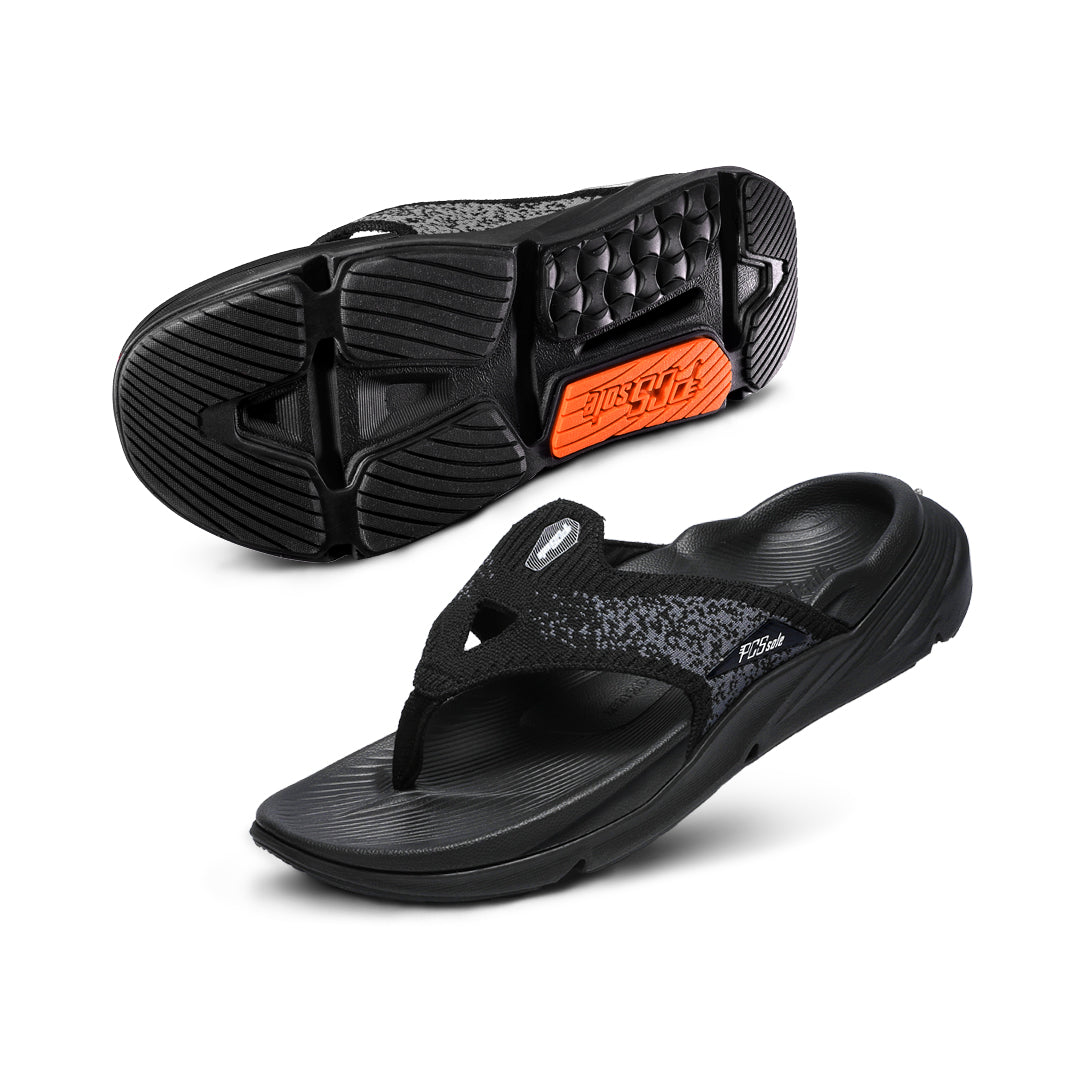
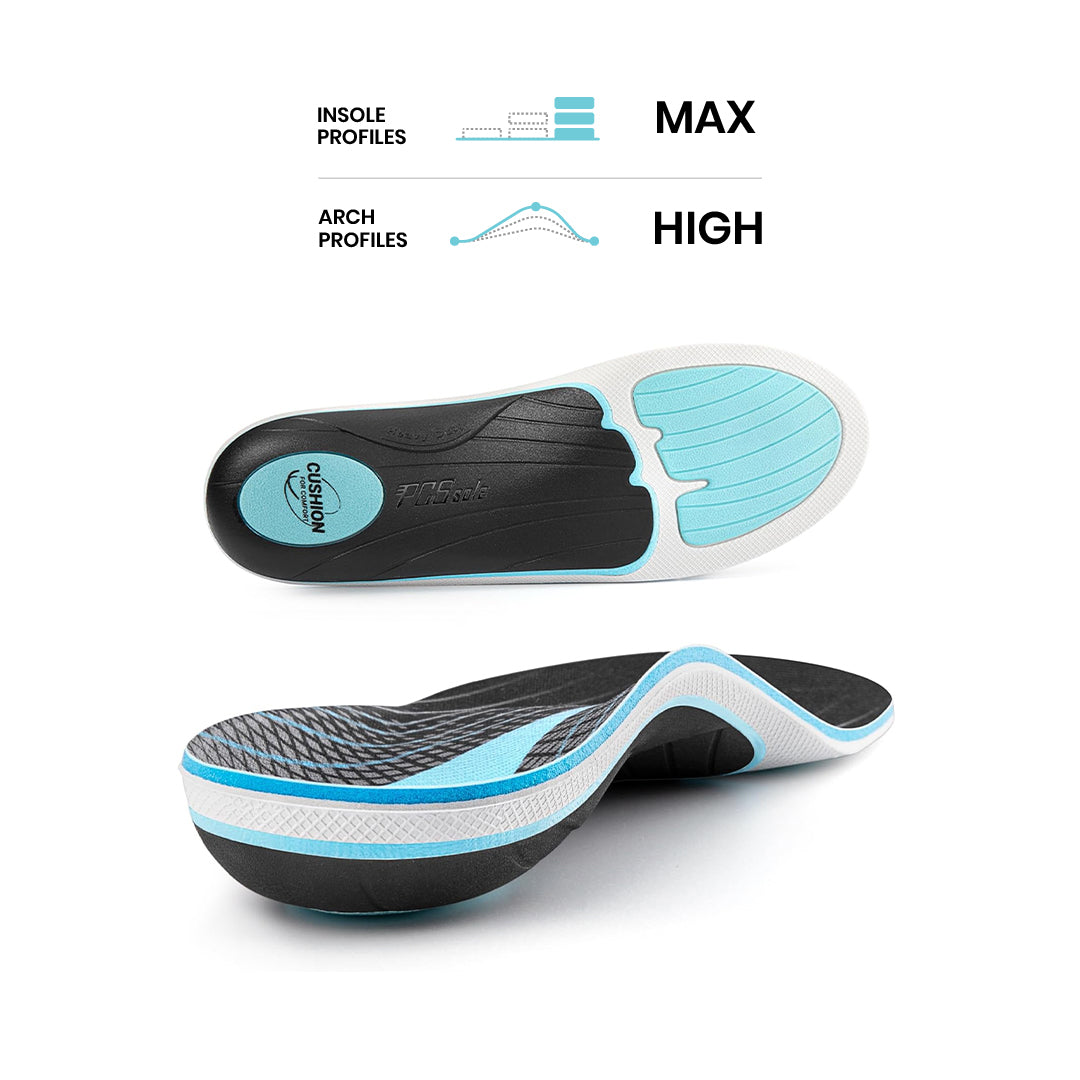
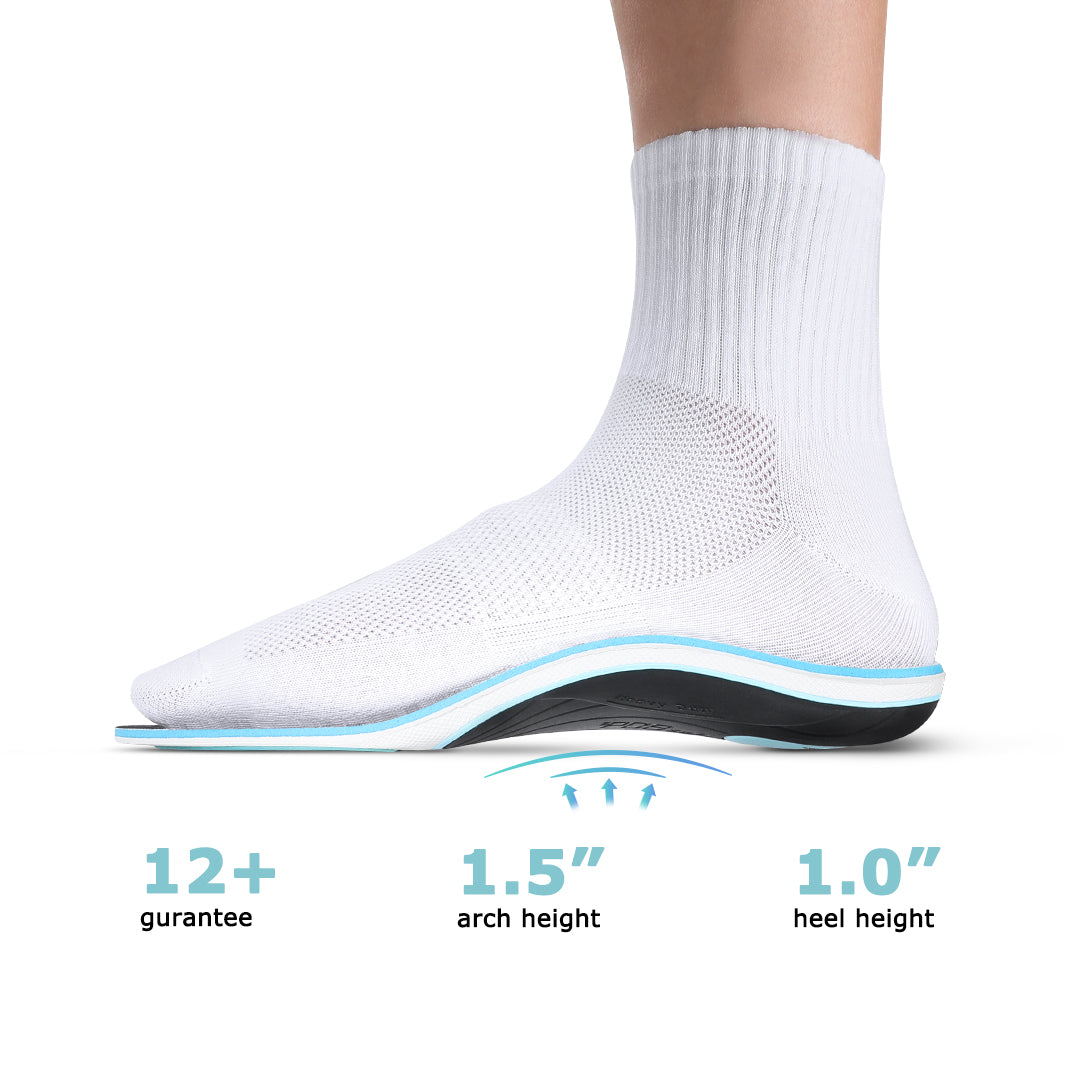
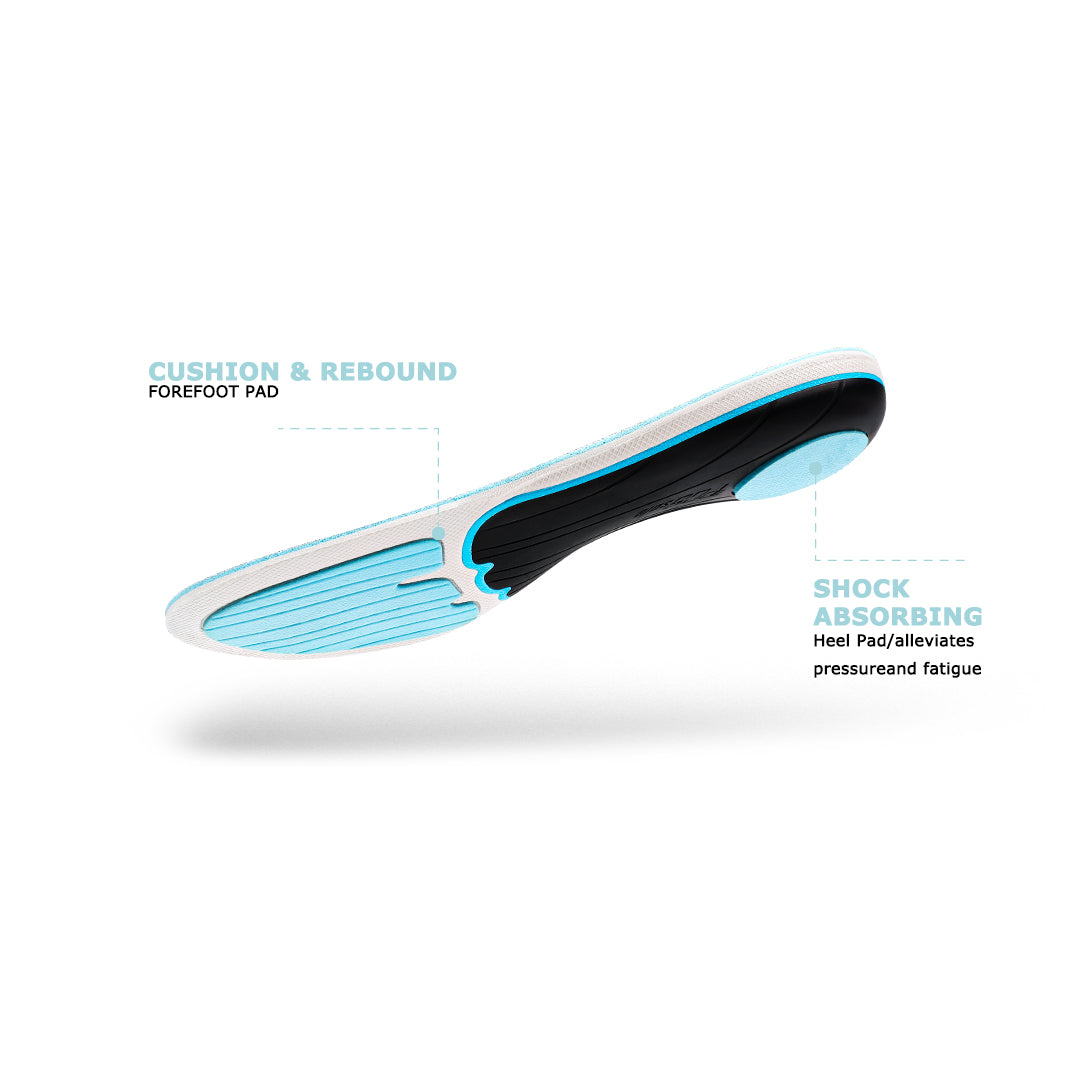
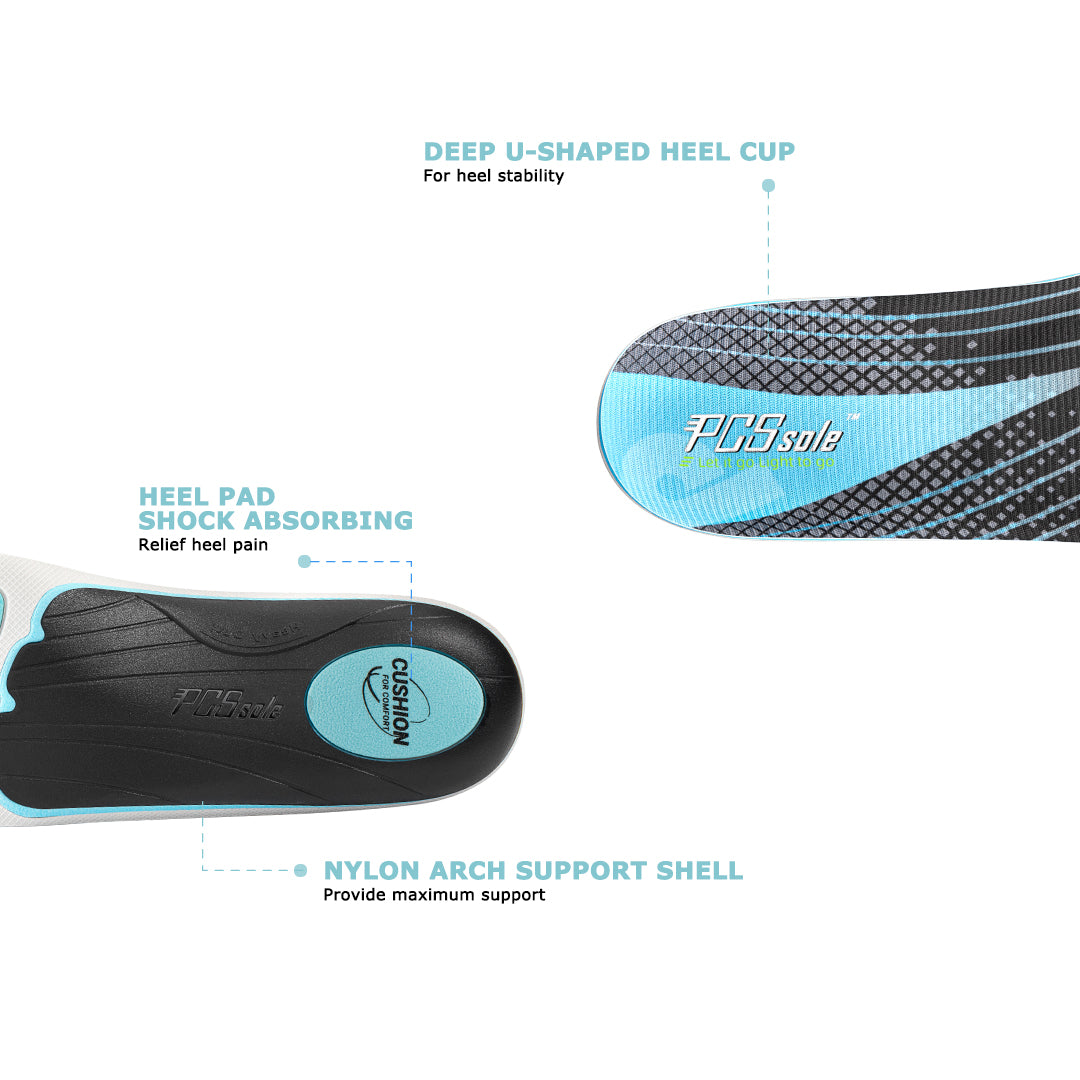
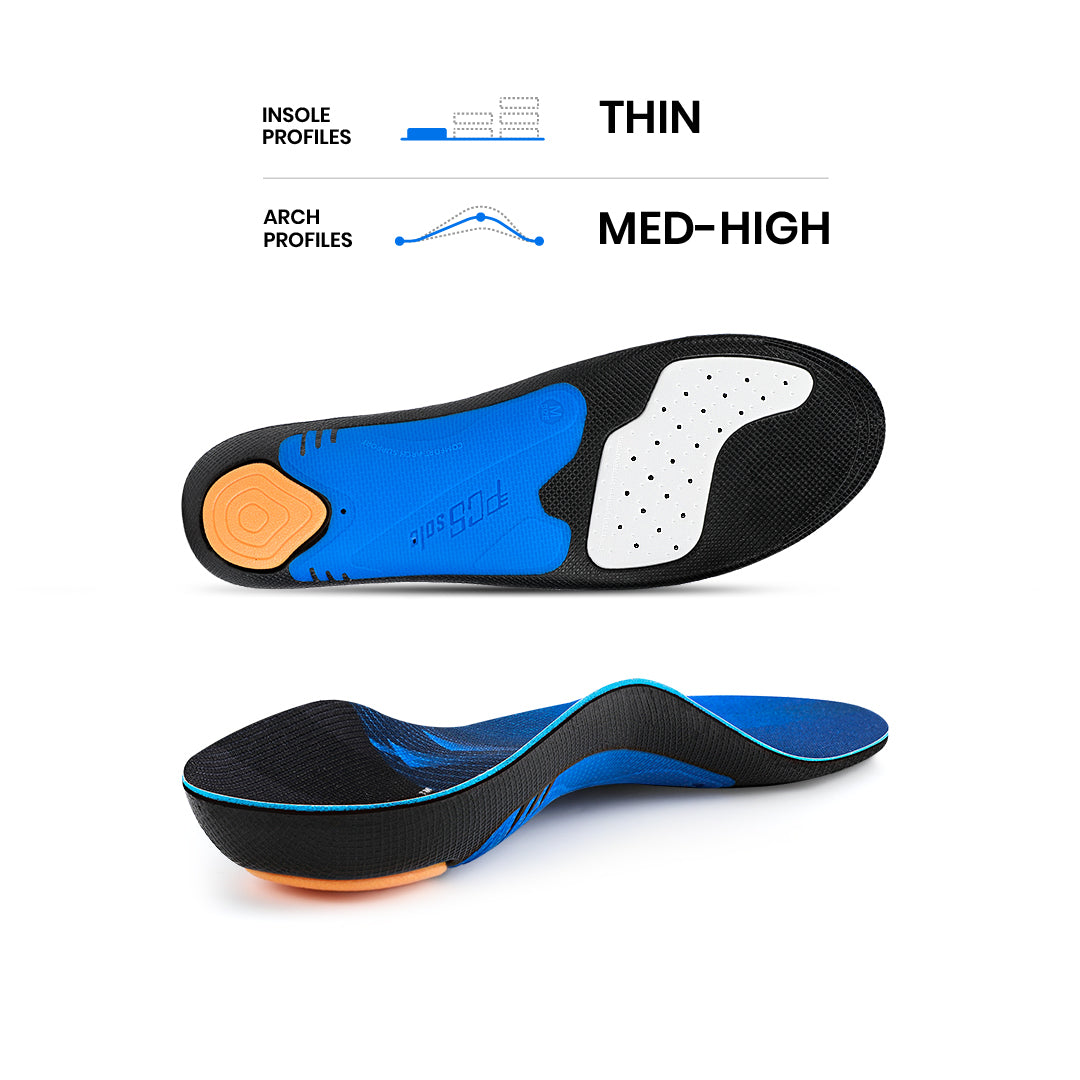
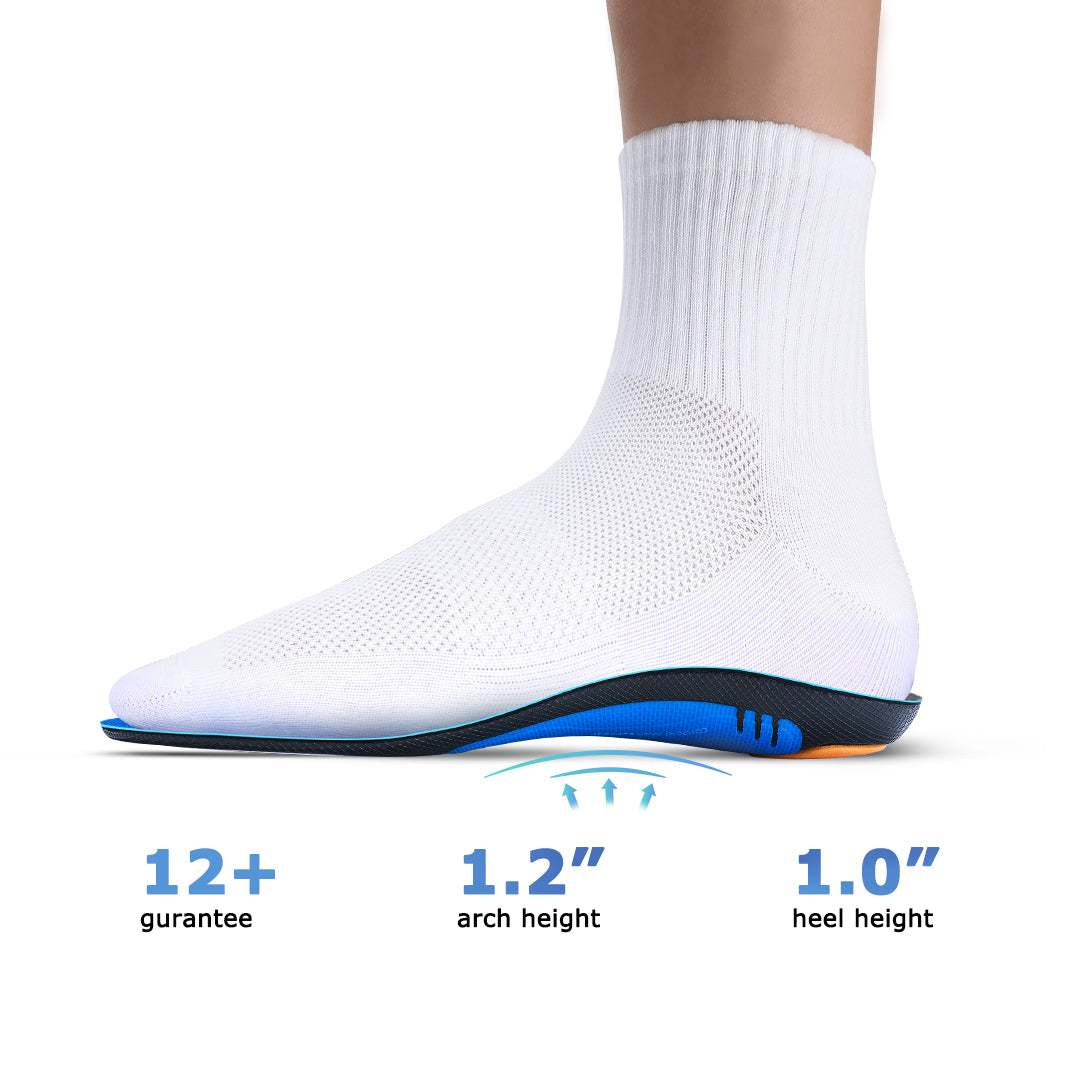
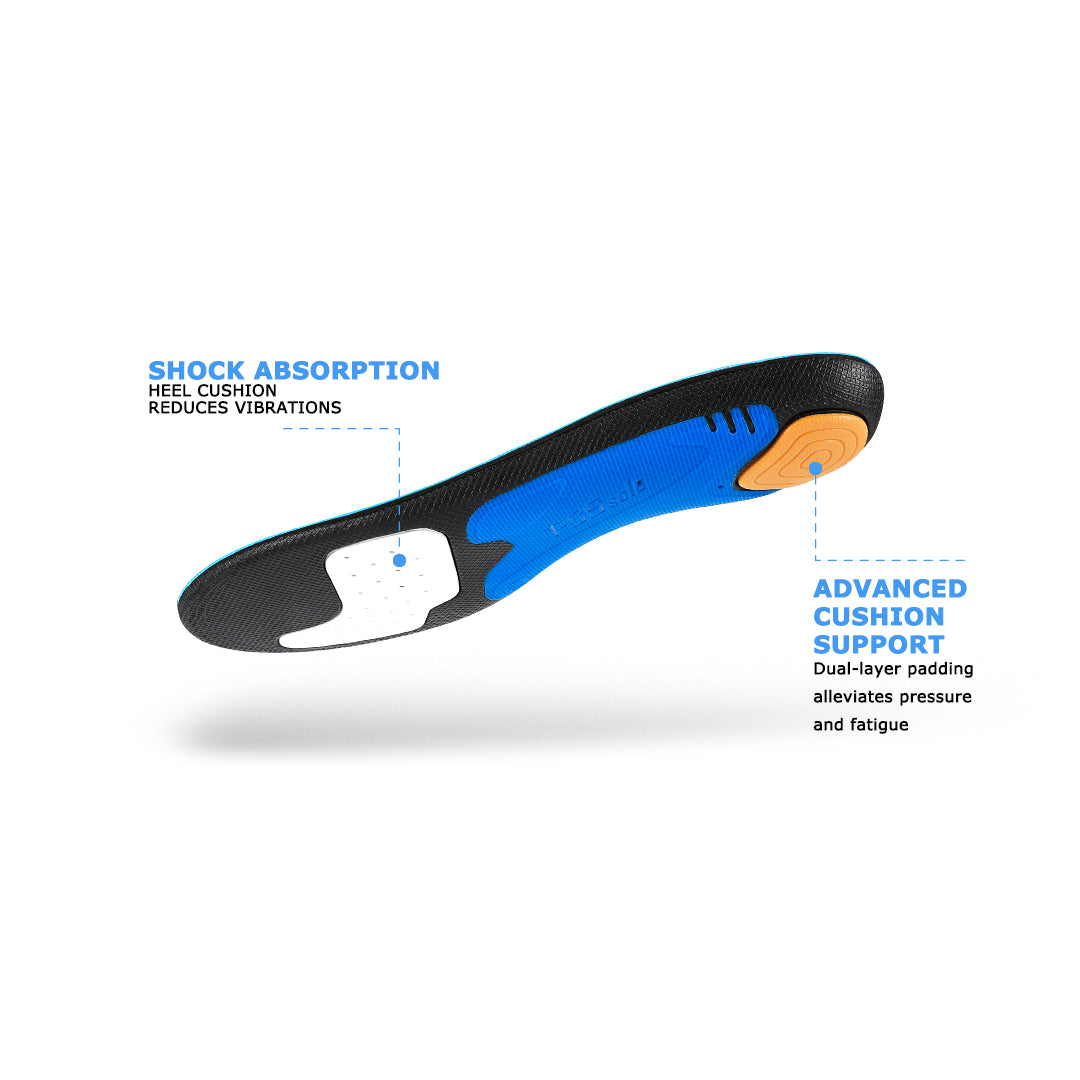
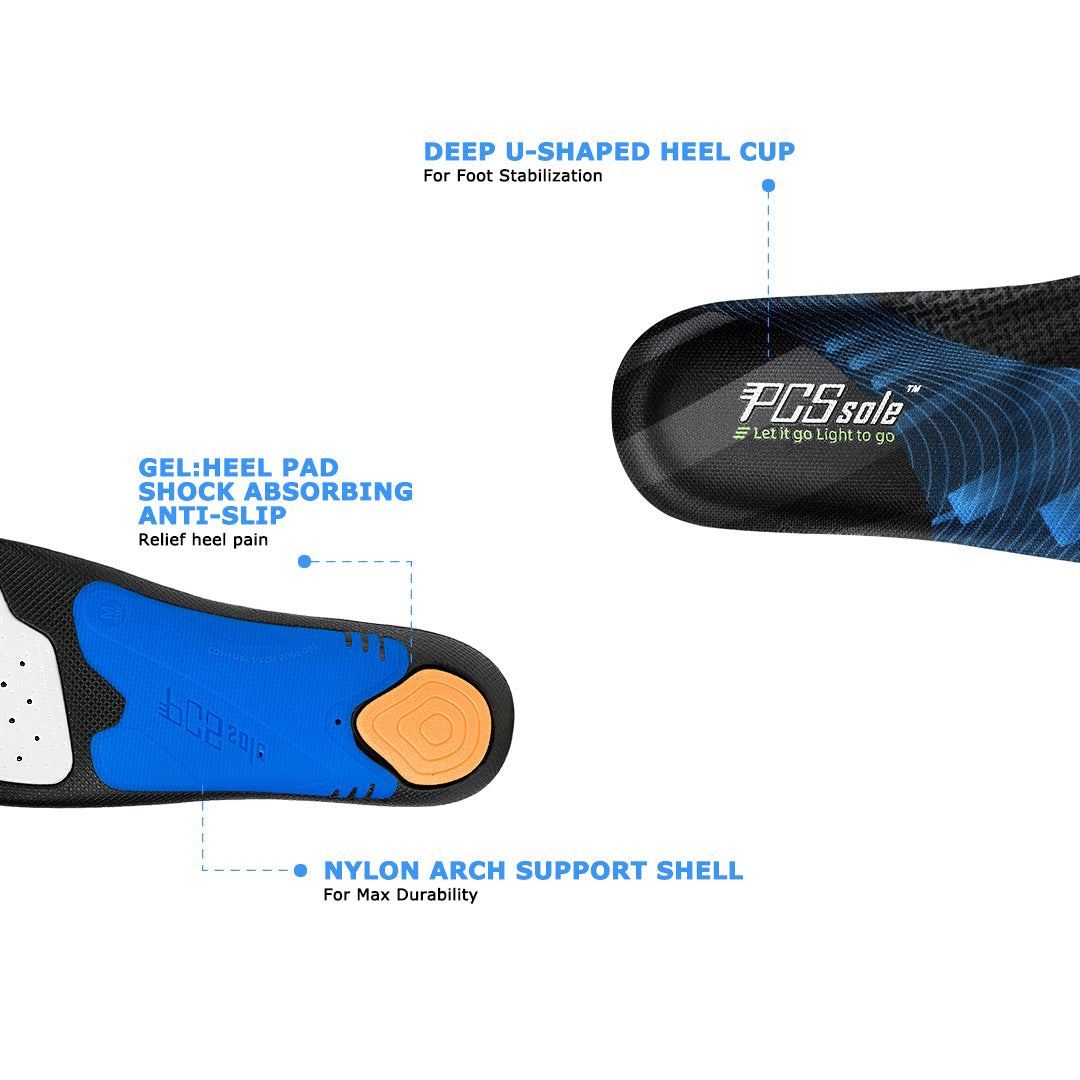
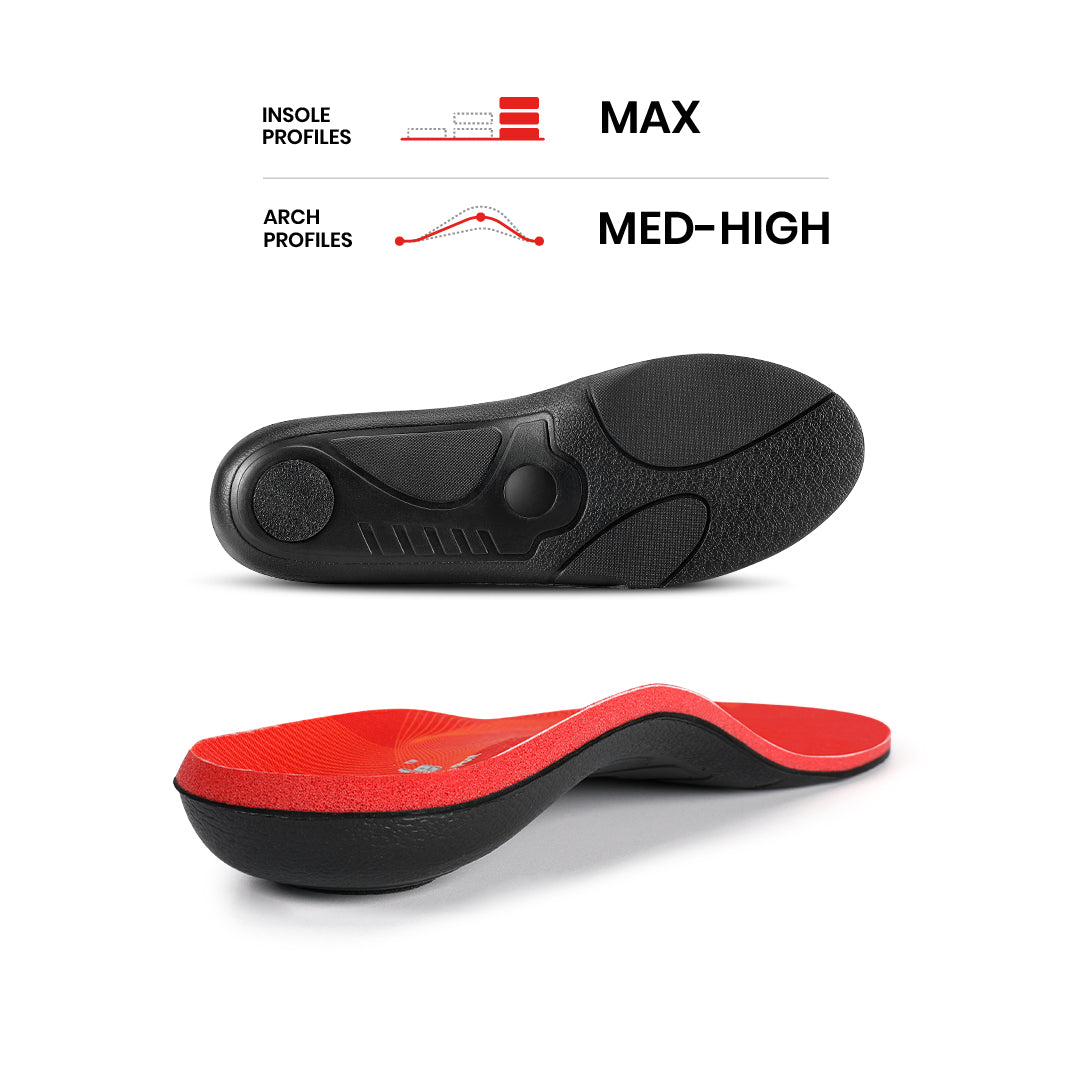


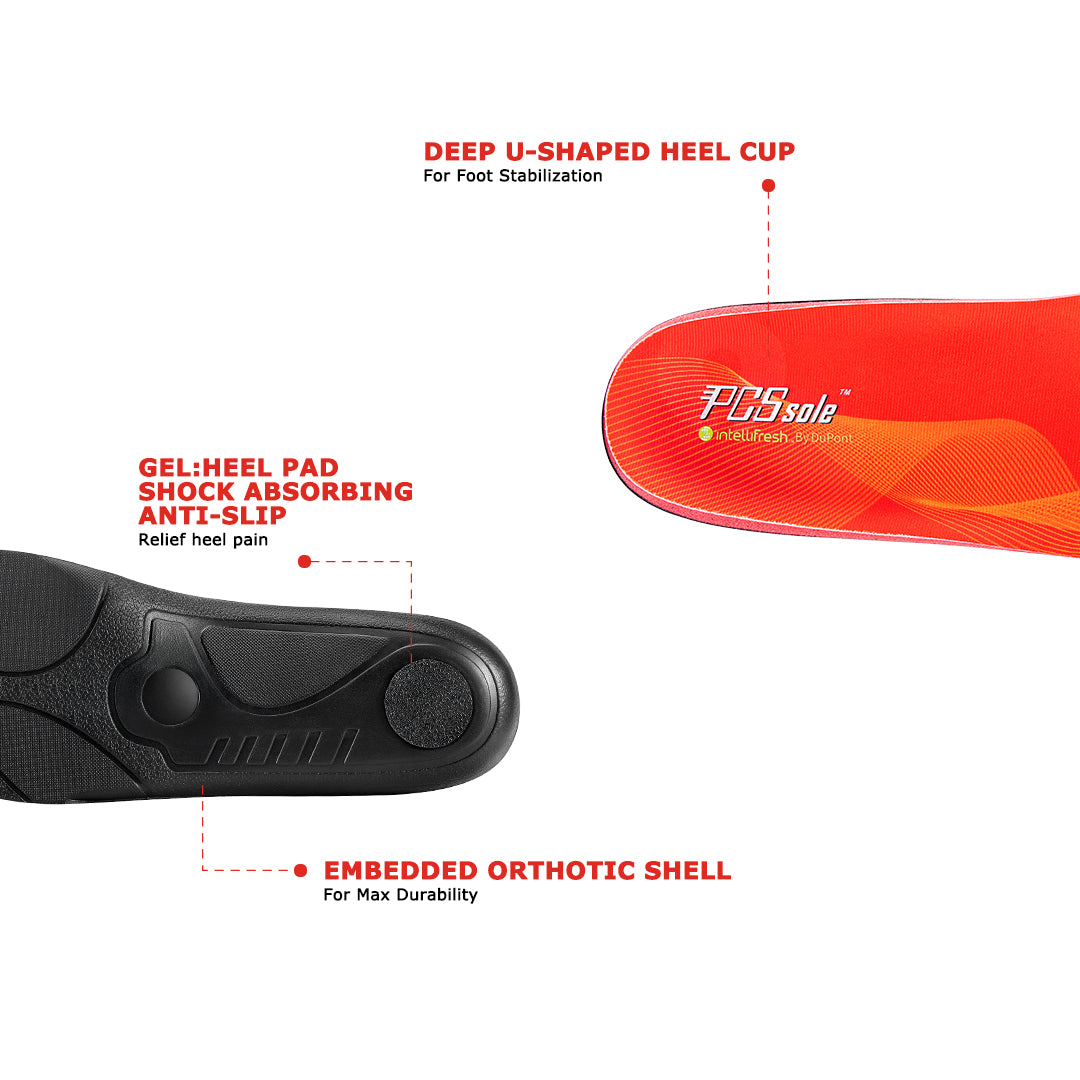
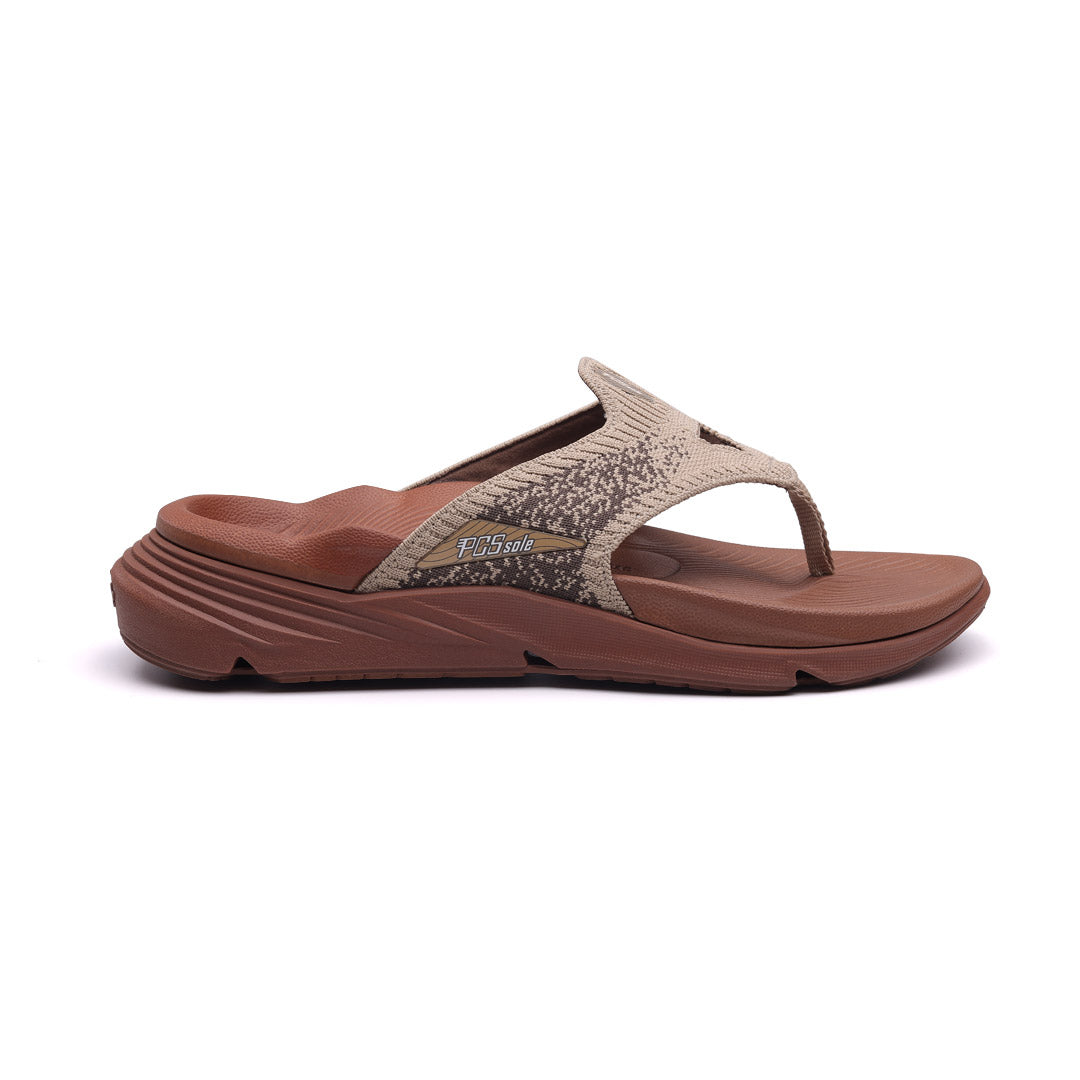
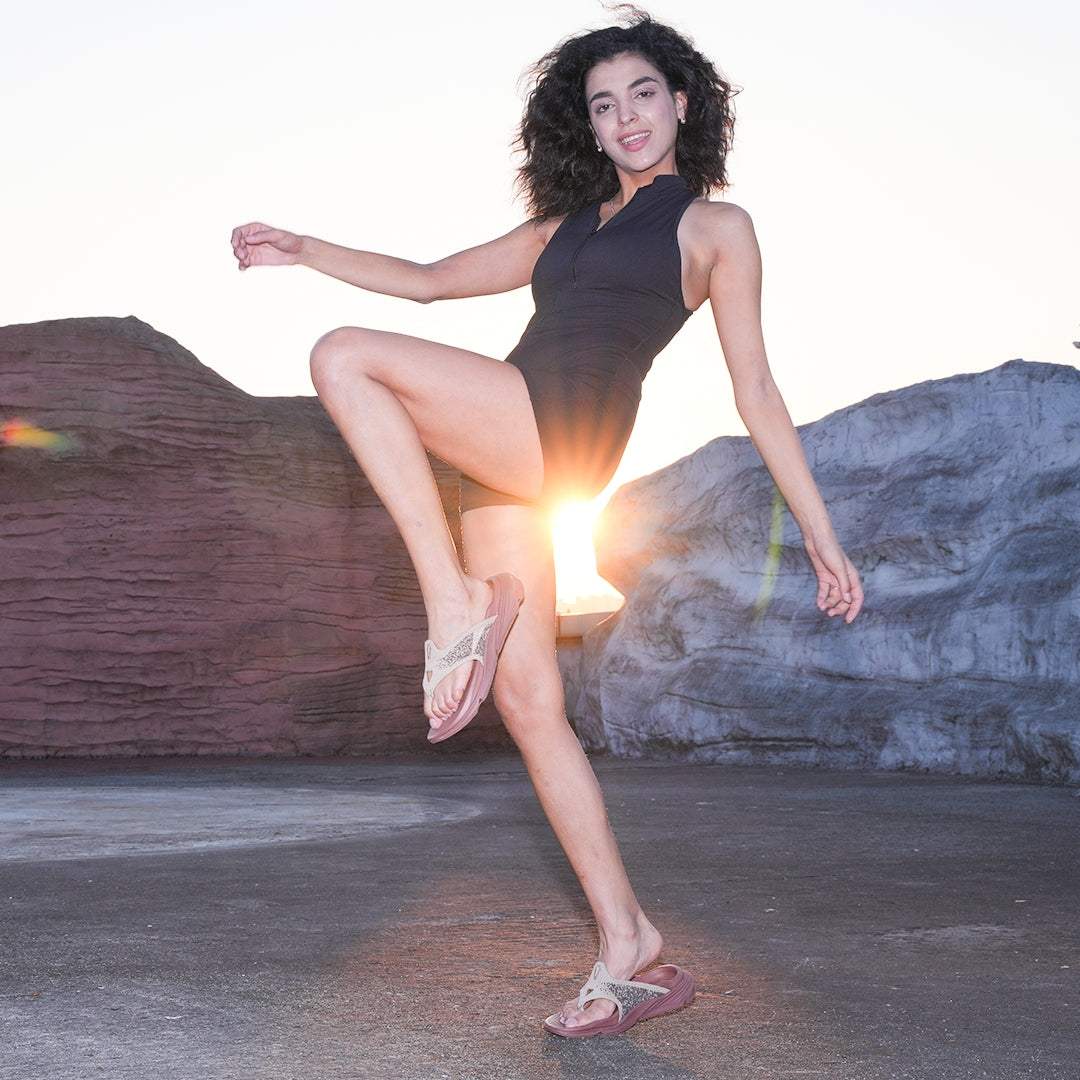

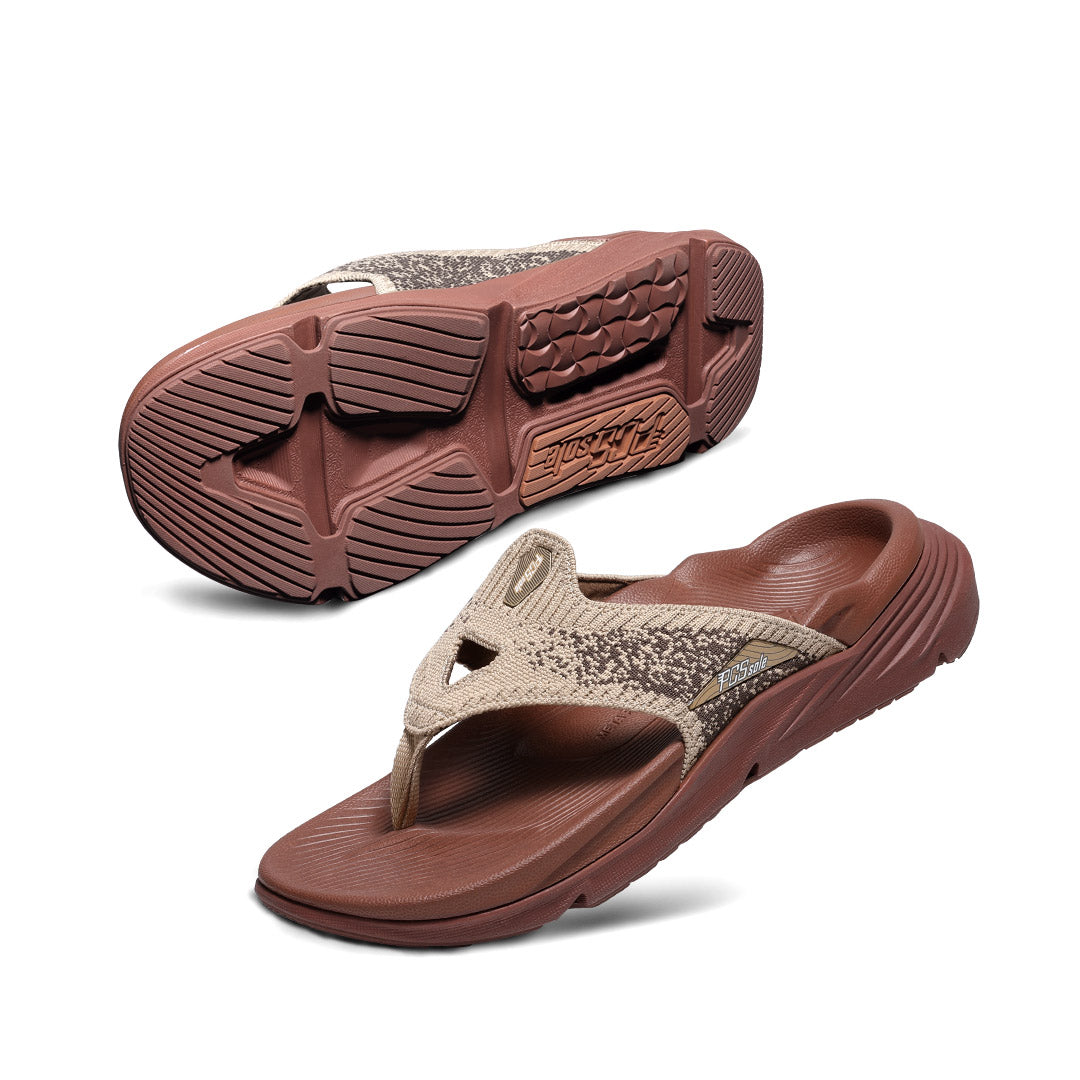
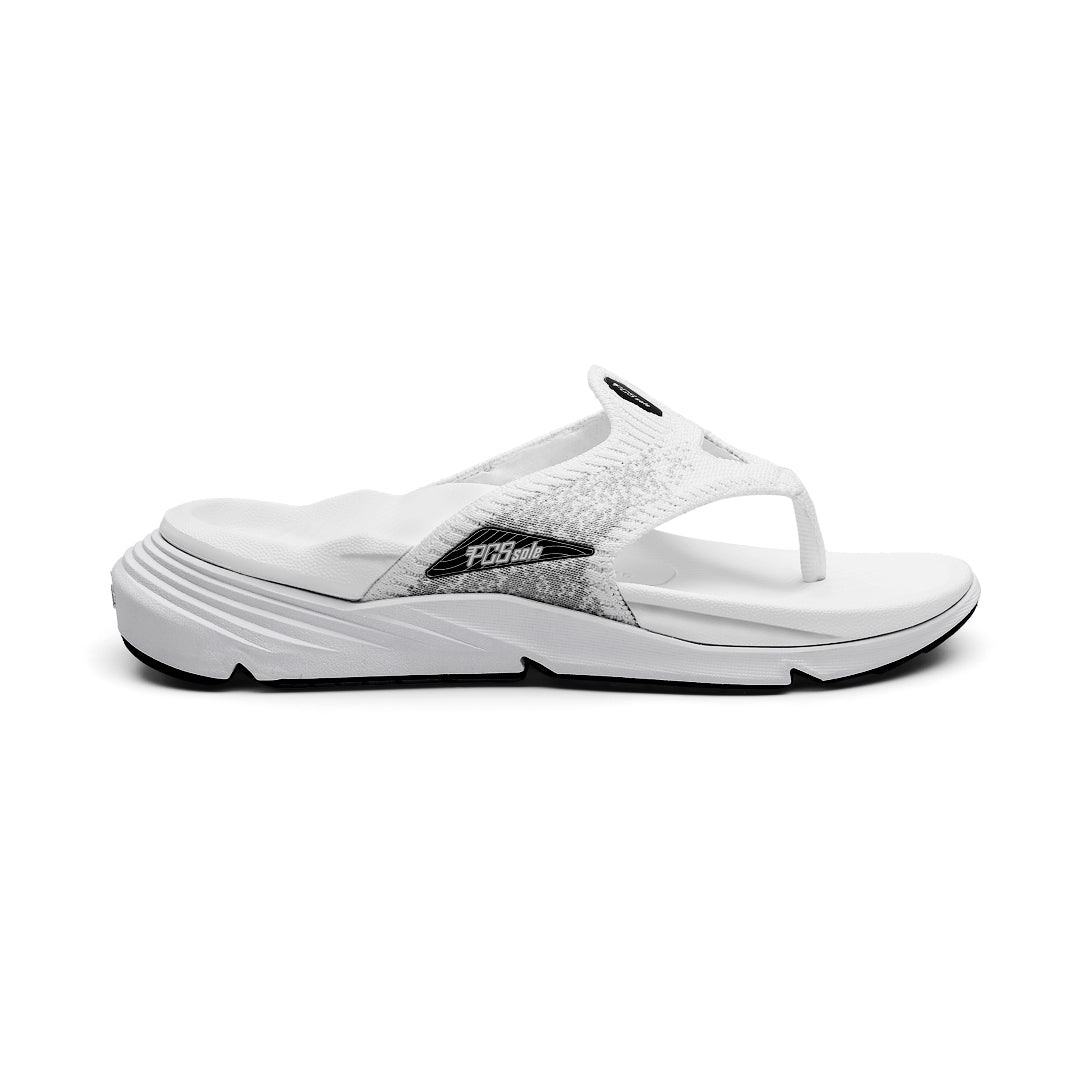

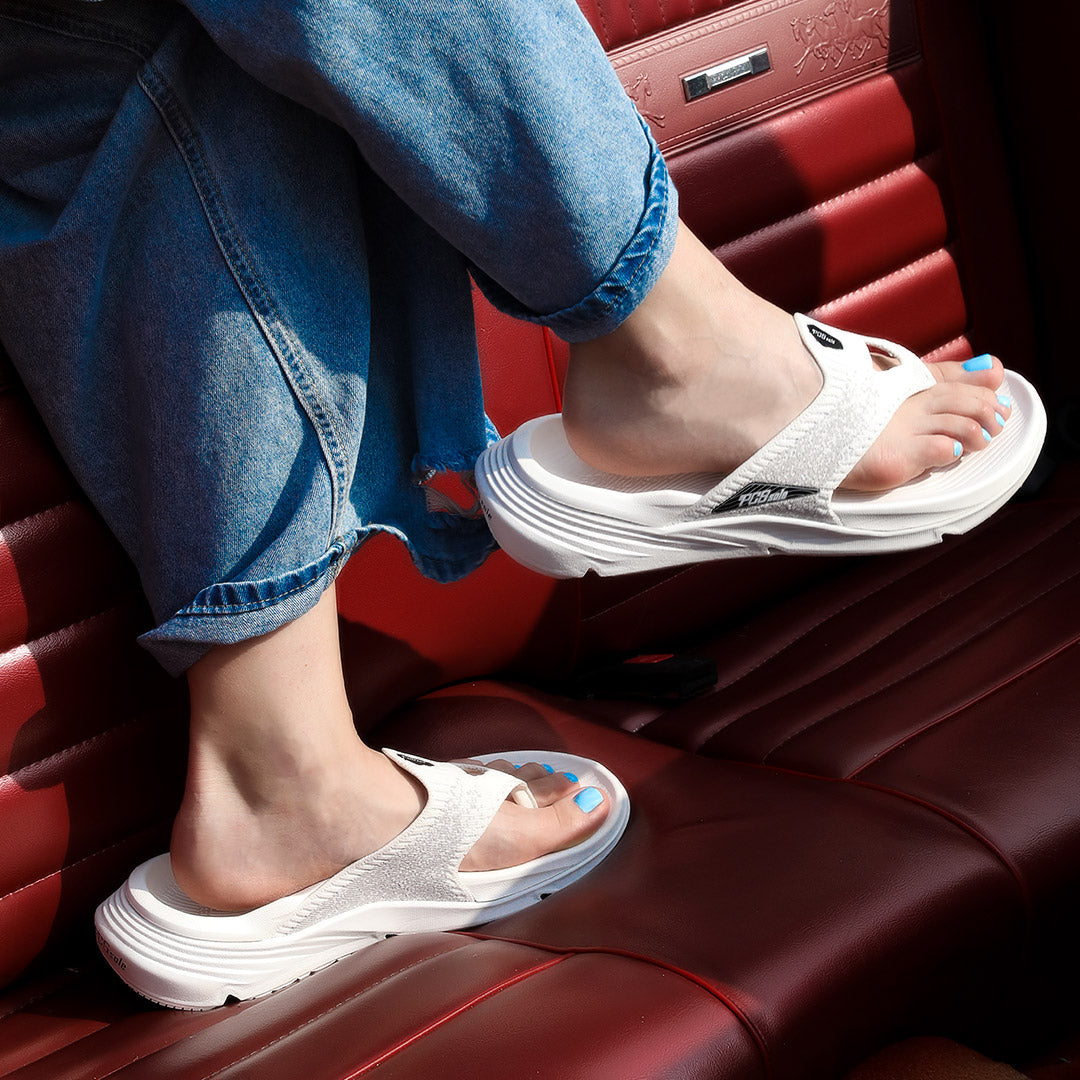
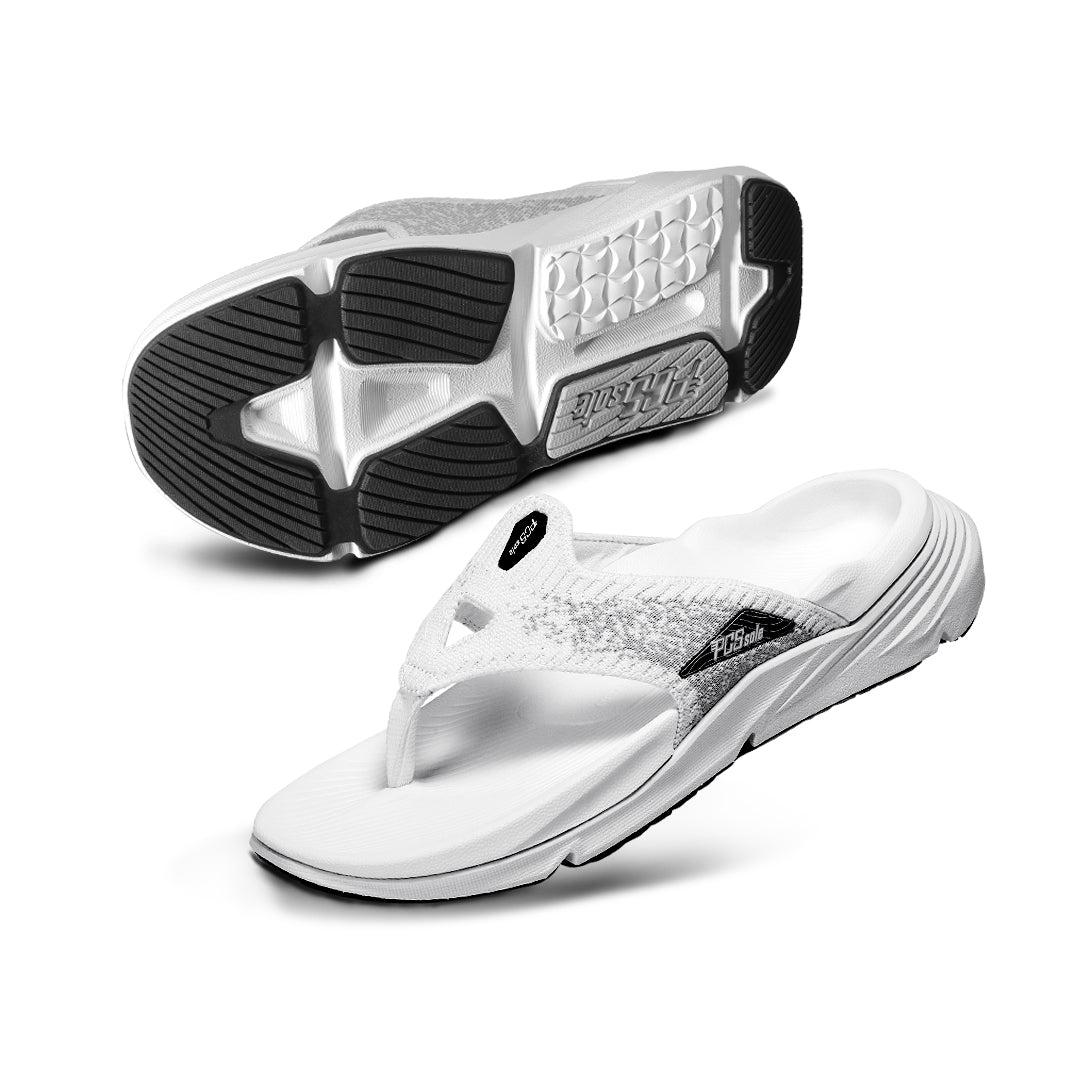
Aktie:
How to Stretch Achilles Tendon and Loosen a Tight Achilles Tendon
Types of Running Workouts You Need to Know